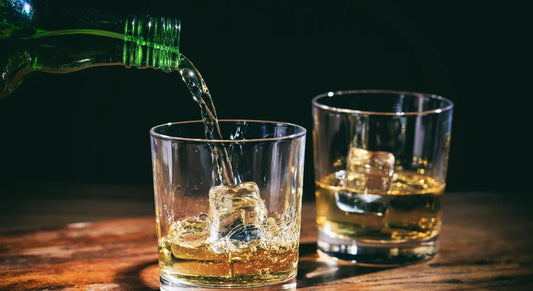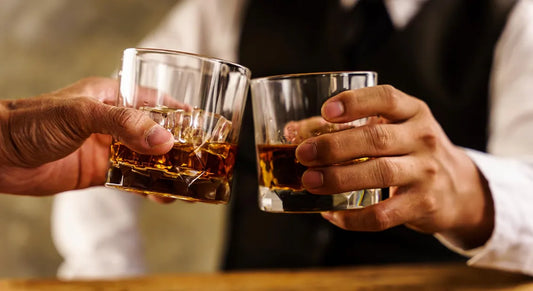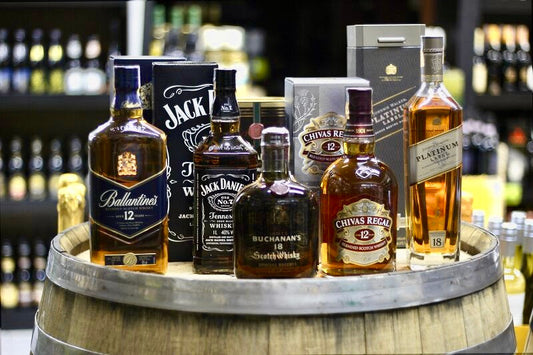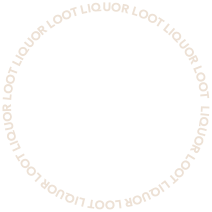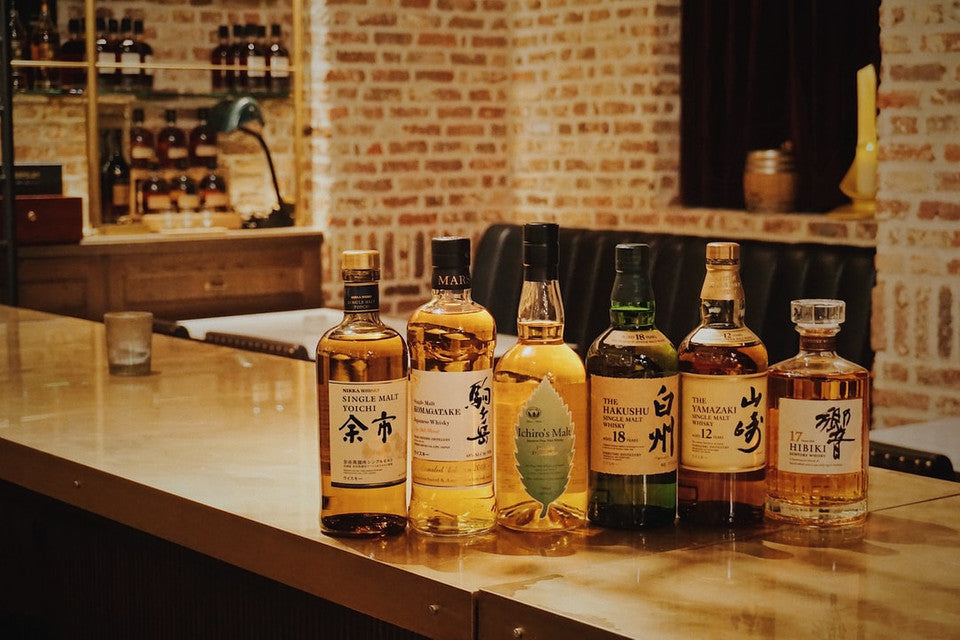
10 Things to Know About Japanese Whisky’s New Rules
Drams from The Land of the Rising Sun have changed their labelling!
These days, we’re all used to Japanese whisky making the headlines. Usually, it’s because Nikka or Suntory have scooped yet another award for their delicious juice, not because the definition of the spirit itself has been changed by industry top brass.
Sounds dry? It’s actually incredibly important for the industry, and might just change the way you think about your Japanese drams forever. Read on to see our breakdown of the must-know info:
1. It’s A Historic Moment For The Industry
As recognised by the Japan Spirits and Liqueurs Makers Association, Japanese Whisky is nearly 100 years old as a category, and it is time that it was properly regulated. The last time Japanese whisky rules were tweaked was way back in the 1950s, and it’s fair to say the game has totally changed since then.
The new rules aim to protect Japanese whisky’s geographic origin and its reputation for quality. These regulations will bring Japanese Whisky in line with Scotch and Bourbon, the other fiercely protected spirits.
2. Japanese Whisky Must Contain Some Malt Whisky
The new rules state that all spirits labelled “Japanese Whisky” must have some spirit made with malted grains.
This means that any whisky made with unmalted barley, corn, rye or wheat, must also contain some spirit made with a malted version of those grains.
Here, the Japanese are actually more restrictive than even their Scottish counterparts when it comes to whisky – in Scotland, grain whisky can be produced using malted barley and other unmalted cereals, and meet the rest of the legal criteria to label it “Scotch”.
3. Japanese Whisky’s Production Must Occur Entirely In Japan
The whisky’s malting, fermentation, distillation and aging must be carried out at a Japanese distillery. Bottling also has to happen in Japan, but can occur away from the distillery. Incidentally, plain caramel (E150) colouring is allowed to be added – just as in Scotland.
4. If It’s Not Aged, It’s Not Whisky – But No Oak Is Okay!
Japanese whisky must now be aged for a minimum of three years in “wooden casks not exceeding a capacity of 700 litres”. The eagle-eyed amongst you might notice that unlike Scotch whisky, oak is not stipulated as the only permitted wood, leaving the door open for some interesting experimentation.
5. Water And Strength
Water is extremely important to Japanese distillers. It’s said that the location of Yamazaki distillery was chosen because great 16th Century tea-master Sen no Rikyū had previously commended the quality of the region’s water, and established his tea house there.
The new rules now require that all water used in whisky-making to be sourced from Japanese springs, wells, rivers and lakes. The spirit must not be diluted below 40% ABV (as is the global standard for whisky) and cannot be distilled any stronger than 95%.
Explore our Japanese whisky selection to taste the evolution of the category yourself.
6. That Bottling You Love… Might Be A Little Less “Japanese” Than You Thought
Japanese whisky’s twin powers, Suntory and Nikka both made waves in the whisky business when they purchased Scottish distilleries Bowmore and Ben Nevis respectively.
It turns out they’ve since been using a bit of Scottish whisky in their blends. It’s long been rumoured that Nikka’s ‘Nikka Days’, ‘Super Nikka’ and legendary ‘Nikka From The Barrel’ bottlings contain a little Ben Nevis, and it looks like that might well be true according to Nikka’s website.
Suntory’s blends will also come under scrutiny, but they seem to be ahead of the curve, labelling their recent ‘Ao’ blend as a “World Whisky”. The phrase “Japanese Whisky” is also notably absent from their ‘Hibiki Harmony’ expression as well.
7. The Big Boys Are Onboard
At the moment, these rules only affect members of the Japan Spirits and Liqueurs Makers Association, but this group includes most of the significant producers in Japan.
Amongst their number are Nikka and Suntory, who (despite the hassle of relabelling or changing production techniques) have both announced their support for the new regulations. This means the rules are almost certainly here to stay.
8. There’s No Getting Around It
It might seem that producers will just use a bit of clever marketing to get around the rules, but the law-makers have thought of that. The new regulations will apply to any labelling clearly trying to associate the product with Japan.
This means that the use of the Japanese flag, the words “Nippon” or “Nihon”, famous Japanese people, cities, mountains or other locations is banned. You can’t just whack a samurai on a bottle, call it whisky and cheat the system. The rules also apply to Japanese “Whiskey”, so no craftiness there either.
9. April Fool’s… or Not!
- It’s no joke. The new rules come into effect on the 1st of April 2021. Producers then have three years to get themselves in order, with the 1st of April 2024 the end of the transition period.
10. What Does This Mean For Liquor Loot?
At Liquor Loot, we’re all about transparency in producing and drinking whisky.
We welcome anything that will help drinkers feel more confident about what’s actually in their glass. We fully support the changes that the Japanese distilling industry is making, and are glad Japanese Whisky will join Cognac, Scotch and Bourbon (amongst others) as a strictly protected style of spirit.
The new rules may well lead to some changes in the way we describe and label whisky from Japan. For the time being, we’ll be keeping our eyes open to what distillers and producers are doing, and will be sure to swiftly update our information.
You’ll rest assured that we will be ensuring any spirits selected for our playlist comply with new labelling regulations in the future.
Here’s to a glass of entirely Japanese whisky. As they say in Japan: “Kanpai!”
Share with your friends using the links below

